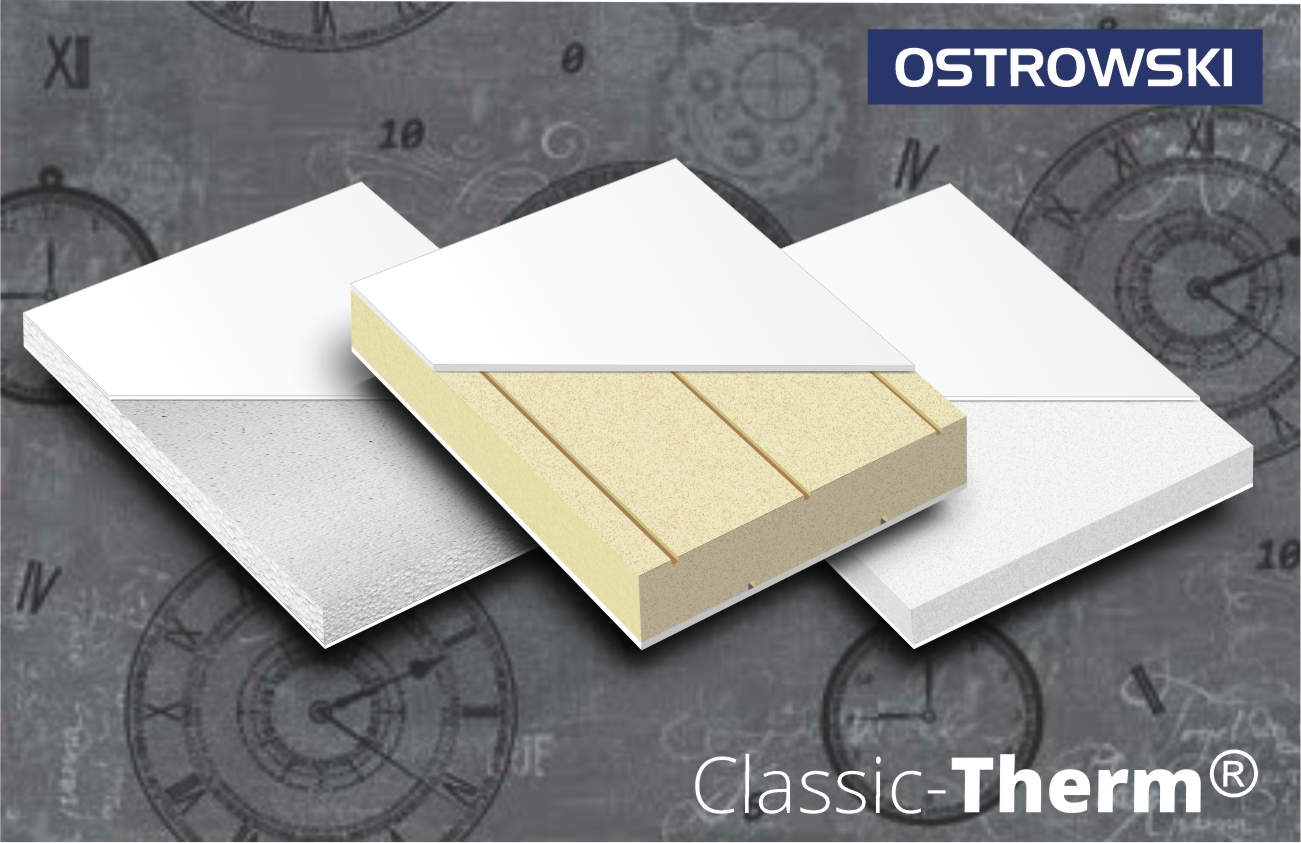PVC PCW PCV Plates – What’s the matter?
PVC PCW PCV Plates. We can come across different names for polyvinyl chloride. Some call it PVC, others PCW and still others PCV. The correct form is PVC from the English language (polyvinylchloride) and in the Polish version is PCW (polyvinyl chloride). On the other hand, the name PCV was most likely created by mixing the Polish name with the English one and is incorrect, although it is commonly used by users and it is unlikely that anything will change in the coming years. It remains for us to get used to all the names and accept them because they refer to the same material.
The accidental discovery of PVC and its history …
The raw material PCW was discovered quite by accident. The first inventor was the chemist Henri Victor Regnault (French) in 1838, and the second was the German Eugen Baumann in 1872. In both cases, PVC polymerization appeared as a white solid on vessels with the newly discovered vinyl chloride gas when exposed to sunlight. The obtained material, however, was difficult to process and finally no one undertook to use it commercially. Although the first two explorers wrote about the polymer, neither of them patented PCW. In 1913, the German chemist Dr. Fritz Klatte patented the production of resin from vinyl compounds. The substance immediately showed thermoplastic properties and resistance to a number of solvents. However, the newly patented material did not gain popularity. Subsequently, PCW was perfected by one of the most famous chemists in the world, Waldo Semon, and after the outbreak of World War I, polyvinyl chloride began to be obtained as a substitute for rubber commonly used by the army. The production of PVC PCW PCV at that time was, however, too expensive and its production was discontinued after the war. Only the thirties of the twentieth century brought a real breakthrough in research on polyvinyl chloride. The first factories that mass-produce PVC were launched in Germany and the USA, and the aforementioned Waldo Semon produced plasticized polyvinyl chloride. In the reaction, it combined this compound with high boiling tritolyl phosphate.
PVC structure and plasticization
PVC is a white, brittle solid, but can be more flexible when plasticized under a rigorous process before it can be turned into a material that will improve its properties, while plasticization refers to the process of adding plasticity to a white solid for commercial applications. This was first introduced by Waldo Semon in 1926 when PVC was found suitable for general use. PVC PCW PCV Plates.
Application PCW over the years
During World War II, PVC was used to insulate cables, but it also began to be used in the automotive industry as an imitation of leather in the coating of elements of means of transport (e.g. bus seats). Interestingly, in the 1950s and 1960s, the boom in the music industry paved the way for its earliest mass-market application. To this day, you can find old vinyl records that are living proof of the durability of this resilient material. PCV products quickly became the backbone of the construction industry; The plastic’s resistance to corrosion, light and chemicals makes it ideal for construction applications. PVC piping soon transported water to thousands of homes and industries thanks to the material’s improved resistance to extreme temperatures. Interestingly, until 1980, only twenty companies produced PVC.
Foamed PVC and hard PCW
Currently, PVC is the second best-selling plastic in the world, and the industry employs over 100,000 people only in the United States, for example. Foamed PVC and hard PCW have a huge market share. PVC’s low cost, versatility and performance make it the material of choice for dozens of industries such as healthcare, communications, aerospace, automotive, textiles, advertising and construction.
We invite you to our FB profile: Ostrowski – Producer of Sandwich Panels
We also offer the production of sandwich panels made to special customer orders. If you have any questions about our product range, please contact us directly:
Sales representatives:
Kamil Nierychło ![]()
![]()
Sales Europe
email: k.nierychlo@ostrowski.eu
tel.: +48 508 312 910

